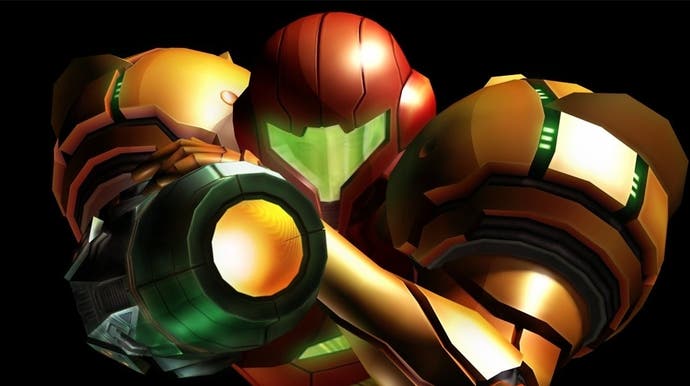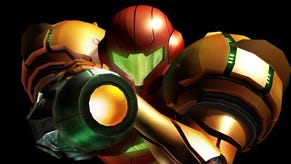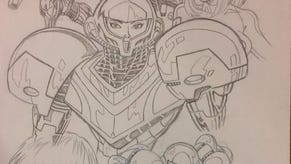Metroid Prime devs celebrate 20th anniversary with development stories
On loading rooms, electrical noise, and a dev kit in a freezer.
It's hard to believe, but GameCube classic Metroid Prime turns 20 this November.
In the run up to the anniversary, programmer Zoid Kirsch has been sharing stories and trivia about his time as senior gameplay engineer on the game.
Kirsch began on the 8th November and will continue until 18th November.
Did you know that the doors in the game hide the load times? Kirsch explains that only two rooms are loaded at once, so in rooms with multiple exits only one door can be open at once.
That's why some doors take longer to open than others. What's more, it's possible for players to beat the load times by using morphball so they're forced to wait for the door to open.
Then there's the static visor effect when Samus is too close to certain electrical enemies. Rather than using a specific texture that would use up precious memory, the team used the actual code of the game.
"When you see Samus's visor affected by electrical "noise" in game, you're actually seeing the bits and bytes of the Metroid Prime software code itself being rendered on the screen," said Kirsch. "Turns out machine code is sufficiently random to work great as a static noise texture!"
Other stories include how the team utilised decompression techniques to fix issues with memory fragmentation, or how they colour coded damage to ensure clarity. It turns out Metroid Prime's save data is also tiny.
Jack Mathews, who worked as tech lead across the Metroid Prime trilogy, has also chimed in with a story.
After the game shipped, Nintendo told Retro Studios that a "bad batch" of GameCube CPUs had shipped and Metroid Prime was the only game affected by them.
Yet Nintendo only had one dev kit with this particular CPU and, to see the problem, the kit had to be cold. So the team literally had to put the kit in a freezer in order to test the problem.
"We literally were running the kit from the break room freezer to the TV, and loading save games as fast as possible to as many places as possible in 15 minutes, then trying new code, re-freezing, and back. I'll never forget it," said Mathews.
"In case you were wondering, when someone called support about this animation problem, Nintendo actually sent them a new game disc with this updated code! That's how we did 'patches' back in the old days!" he added.
As for the future of the series, Retro Studios is back working on Metroid Prime 4 for the Switch, though a release date is still unknown.
Until then, there's always Metroid Dread.









